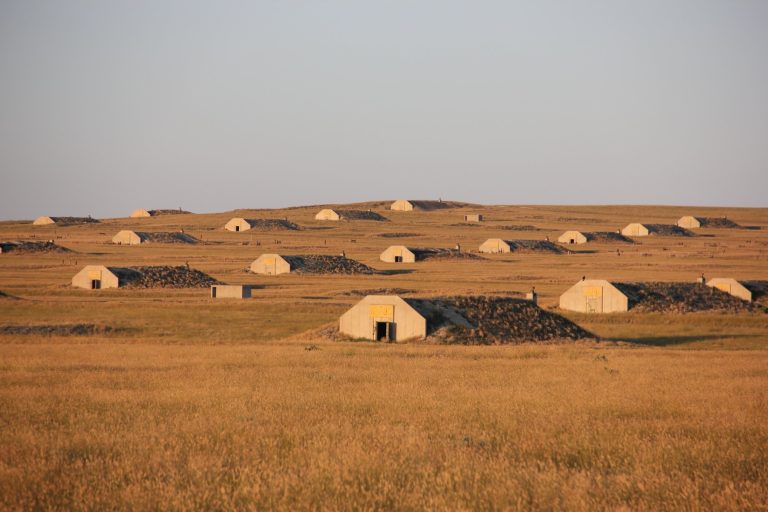PIERRE, S.D. — After a special session lasting three days, South Dakota legislators have approved– and Gov. Kristi Noem has signed– new political boundaries for the state for the next 10 years.
Months of back-and-forth and three days of a special session that was originally only intended to last one day, ultimately led to the State House and Senate lawmakers agreeing on the “Sparrow” map.
The compromise passed despite the aversion of many more conservative House members, reported Dakota News Now. Representative Taffy Howard (R-Rapid City) brought an amendment to the House floor that would have effectively killed the “Sparrow” map and brought the legislature back at a later date. That amendment failed by a 29-39 vote.

Representative Drew Dennert (R-Aberdeen), who has been an integral part of the redistricting process, pointed to public testimony as reason why they should not pass the “Sparrow” map.
From a report from Dakota News Now, Dennert said the theme of the map is against the wishes of the people. “We had people showed up to testify from Moody County, saying don’t put Moody County in District 25, we did. People in Turner County said leave our county whole, we didn’t. They also said leave it (Turner County) with Clay County, we didn’t do that. Union County said that they didn’t want to be split, well we did that too.”
According to the news report, where negotiations appeared most likely to stall out on Wednesday was in the area in and around Rapid City. Representative Chris Johnson (R-Rapid City) proposed an amendment during a Conference Committee to keep the urban and rural divide more stark in the area, and specifically in his district.
Johnson took over on the Conference Committee for Rep. Kent Peterson (R-Salem), who did not attend Wednesday’s session as a result of a medical emergency from the night before.
“There are +11,000 people that are getting moved out of an urban district, even though they are in an urban residential area,” Johnson said. “If you look, they are being displaced to a primarily rural district.”
Opponents to Johnson’s amendment argued that the alternative allowed for better representation of a large Native American population in northern Rapid City.
“I think the problem is dilution,” said State Sen. Red Dawn Foster (D-Pine Ridge). “Limiting the collective vote of Native Americans, putting them into a community that they are less of a percentage of the voter block, and it is diluting their potential vote.”
Governor Kristi Noem signed the “Sparrow” map into law within hours of its passage.w











